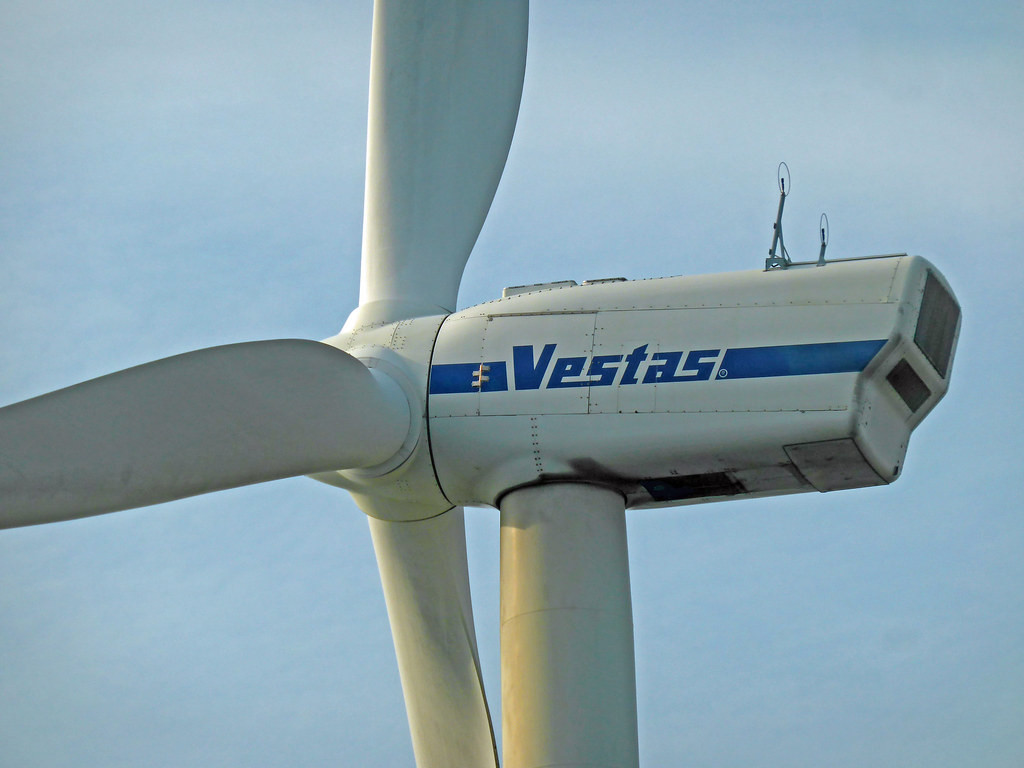Renewable Energy and Electric Transportation: Making ‘Em Happen

His point that energy storage is a gating factor is largely correct, though this can take a great number of different forms in addition to stationary batteries. In fact, EVs complement intermittent sources of clean energy nicely, especially when drivers charge during the day with our superabundance of solar.
In a world destroying itself with hate and utter insanity at such an incredible pace, it’s sometimes easy to lose track of our numerous positive developments.

Craig,
I’m a very early investor and adopter of EV technology, however there are times when I wonder if amateur advocates like Jim Stack do more harm than good.
I appreciate Jim has to make a living a selling a sort of ‘tipster’ investment advice site, but his simplistic advocacy is often unrealistic and inaccurate.
On the other side of the coin is Jude Clemente a Forbes journalist who takes a very different (and just as biased) perspective.
Jude Clemente points out the lack of real progress of EV’s and the dramatic collapse of sales once government subsidies and incentives are withdrawn.
Jude points out something forgotten by enthusiasts and advocates, and cites the opinion of Dr. Don Hillebrand, Director, Argonne National Laboratory’s Energy Systems Division;
“The internal combustion engine might not even be middle-aged,”
There’s no doubt ICE is advancing more rapidly than current EV which has more or less hit a stumbling block with ESD capacity.
ICE emission control technology is on the verge of equaling the environmental long chain environmental benefits of EV technology.
Within 5 years ICE vehicle technology will provide:
NOx control: is achieving 98% reductions
Particular Matter: can be essentially eliminated from vehicles
CO2 emissions: potential 70-100% carbon-free petroleum and negative CO2 vehicles.
The manufacture of High compression gasoline engines, (higher cycle efficiency), lower intake and exhaust resistance (less pumping loss), and easier rotation (lower friction) technologies are expected to begin with the release of in 2021-2 models.
These development will see even greater fuel mileages, better performance and less maintenance. ICE will be sold with 7 year warranties, and lower purchase prices, making these vehicles very competitive.
I’m always pleased to read about EV optimism and enthusiasm, but I remain cautious about overly optimistic claims that raise unrealistic expectations.
The new Chevy Bolt model is exciting, but still struggles to sell in volume despite a promised increase in range to 259 miles. The problems of ‘sticker” price ($41,000 plus), range, long refueling times and convenience remain the principle obstacles.
Charging remains a problem. Most reviewers highlight the substantial difference between the optimum 259 mile range(one person, flat road, perfect driving conditions) and “real world” driving conditions with more passengers or luggage.
There’s some good news with the announcement that Electrify America, Chargepoint, have all reached an interoperability agreement with the U.S. network, EVgo.
This will be a significant improvement, especially for owners reliant on public charge facilities. Electrify America has been largely financed from the Volkswagen “Dieselgate” settlement.
With the exception of Tesla, US sales of EV’s have been largely restricted to ‘second car’ market. The numbers of EV’s sold in 2018 and 2019, still represent less than 1% of the US market.
Even more depressing, is despite the increase in numbers of EV models offered by automakers, all the models on offer are “loss leaders”. Even the Nissan Leaf and Tesla are yet to make a profit.
Until EV’s can equal the price and convenience of ICE rivals, perhaps greater emphasis should be placed on the value of hybrid technology.
I greatly admire those who take the plunge and buy an EV (I’m an EV owner) but while ardent environmental advocates are still seen driving gasoline powered cars(even hybrids) it does great harm to the cause of EV adoption. The general public is right to reject EV transport, pointing to the hypocrisy among environmental advocates.
An internal combustion engine is still only 20% efficient, has over 2,000 moving wearing parts. Needs oil and makes deadly exhaust. Stay in your closed garage with one of the new cleaner ice motors running and you’re still dead. It makes more heat that global warning does.